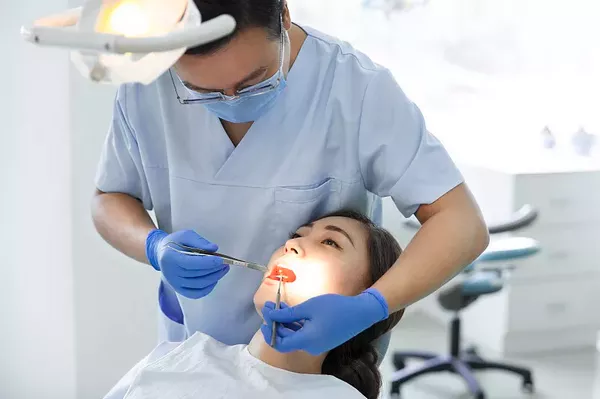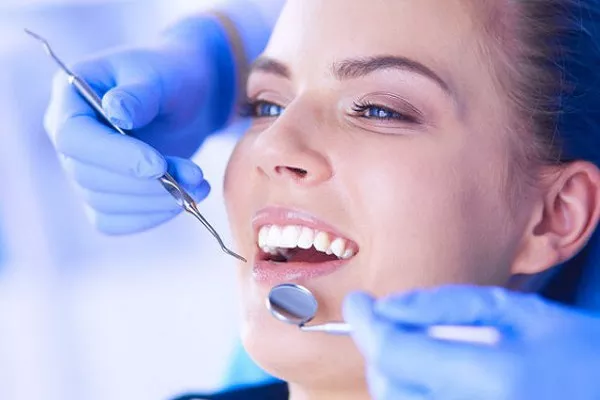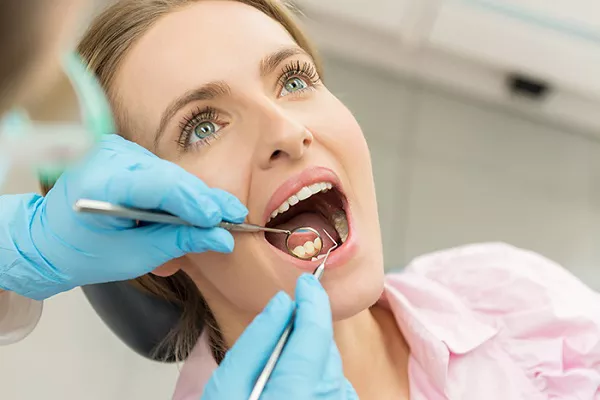Orthodontic treatment, often associated with the use of braces, is a common approach to straighten teeth and correct bite issues. While many people are familiar with the sight of braces on front teeth, they may wonder why orthodontists typically do not place brackets on back teeth. In this comprehensive guide, we will delve into the reasons behind this practice, the challenges of placing brackets on back teeth, and the importance of proper orthodontic care.
The Role of Brackets in Orthodontic Treatment
Before we explore why brackets are not commonly placed on back teeth, it’s essential to understand the fundamental role of brackets in orthodontic treatment. Brackets are small, square-shaped devices typically made of metal, ceramic, or other materials. They are attached to the front surfaces of teeth using dental adhesive. Brackets serve as anchors for orthodontic wires, which apply controlled pressure to guide teeth into their desired positions over time.
Why Are Brackets Not Placed on Back Teeth?
Accessibility and Visibility: Placing brackets on back teeth, also known as molars, presents several challenges. Molars are further back in the mouth and less accessible than front teeth, making it more difficult for orthodontists to attach and adjust brackets accurately.
Functionality: Molars have a crucial role in chewing and grinding food. Placing brackets on these teeth could interfere with their normal function, potentially causing discomfort and affecting a patient’s ability to eat properly during treatment.
Alternative Methods: Orthodontists have alternative methods for addressing alignment and bite issues in the posterior (back) teeth. These methods include the use of bands, wires, and appliances that are specifically designed for molar correction.
Patient Comfort: Placing brackets on molars can lead to discomfort and irritation, as the tongue and cheeks come into contact with these areas frequently. Front teeth are less likely to cause such issues during orthodontic treatment.
Visibility and Aesthetics: Placing brackets on front teeth is more discreet from an aesthetic standpoint. Many patients prefer to have their orthodontic treatment as inconspicuous as possible.
Oral Hygiene: Molars are harder to clean and maintain during orthodontic treatment when brackets are attached. Placing brackets on front teeth allows for easier oral hygiene practices, reducing the risk of dental issues like decay or gum inflammation.
Individualized Treatment Plans: Orthodontists develop customized treatment plans for each patient, considering their unique needs and dental issues. In many cases, front teeth play a more significant role in smile aesthetics and overall bite correction, making them the primary focus of treatment.
The Role of Molars in Orthodontic Treatment
While brackets are not commonly placed on molars, it’s essential to recognize the significance of these teeth in orthodontic care. Molars play a crucial role in achieving a stable and functional bite. Orthodontists carefully consider how the molars come together when developing a treatment plan. Addressing bite issues and ensuring that molars fit together correctly is essential for long-term oral health.
Alternative Methods for Molar Correction
Orthodontists use alternative methods to address alignment and bite issues in molars, including:
Bands: Orthodontic bands are metal rings that encircle molars. They provide a secure anchor for wires and other orthodontic appliances to correct molar alignment.
Archwires: Archwires are used to connect brackets and bands, providing the necessary pressure to move molars into their desired positions.
Functional Appliances: Functional appliances, such as headgear or palate expanders, may be used to address bite issues and molar alignment.
Orthodontic Springs: Springs and other devices are used to apply force to specific teeth, including molars, to correct alignment issues.
Conclusion
The decision not to place brackets on back teeth, especially molars, is a well-considered practice in orthodontic treatment. Accessibility, functionality, patient comfort, aesthetics, and oral hygiene all play important roles in this decision. While brackets may not be attached to molars, these teeth still receive attention in orthodontic treatment plans to ensure a healthy and functional bite. Orthodontists employ a range of alternative methods to address molar alignment and bite issues effectively, providing patients with comprehensive care that leads to beautiful, functional smiles.
Related Topics:
































